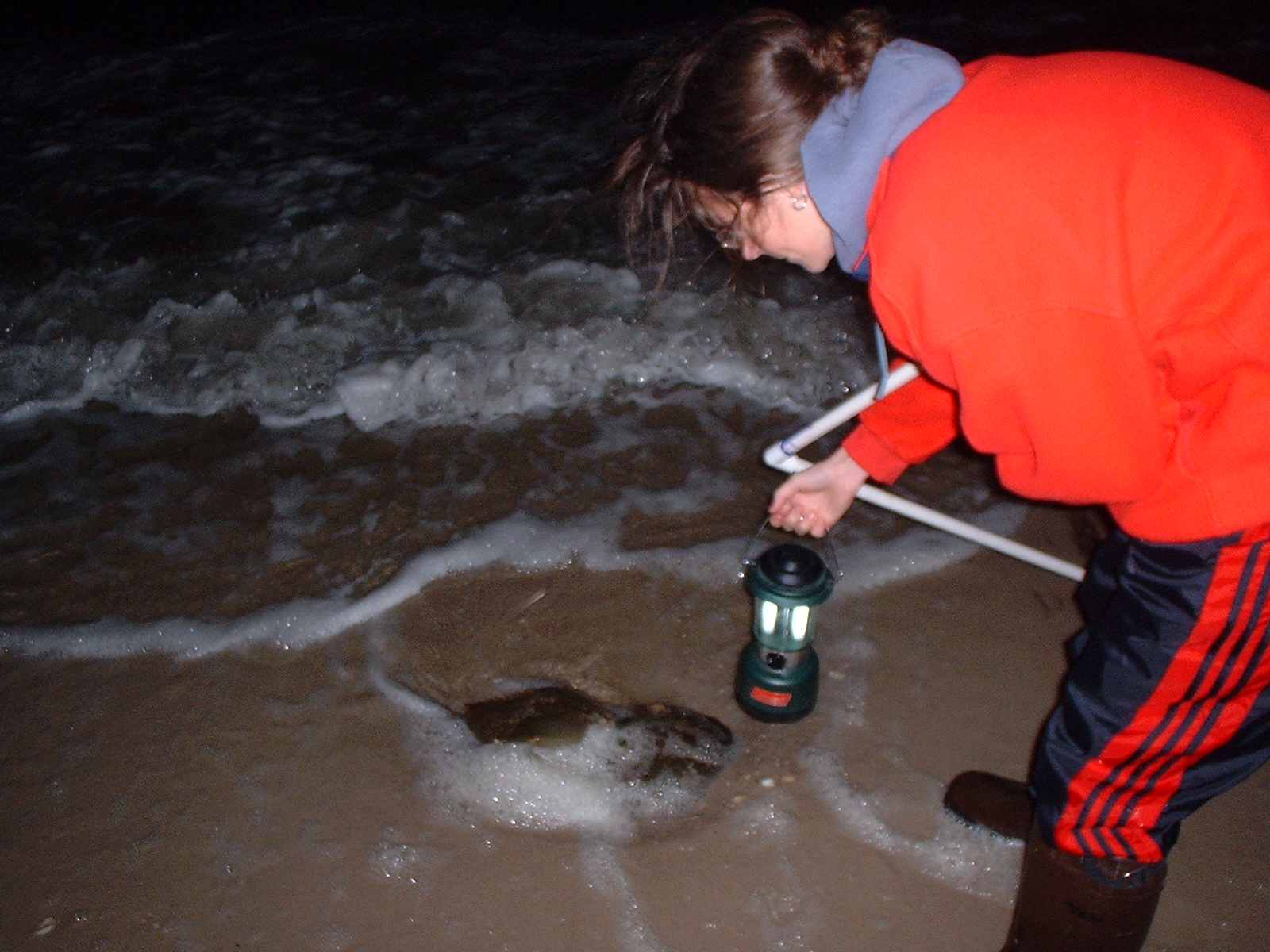Even though they have ten legs – not, eight – we’ve always said horseshoe crabs are members of the arachnid family. It was first theorized by E. Ray Lankester in 1881. But, until recently, it had not been proven in terms of genetics. Scientists at the University of Wisconsin-Madison studied the molecular evolutionary patterns of Limulus polyphemus to confirm Lankester’s theory. So they are still a great addition to your Halloween decoration box.

Image (c) factzone.com

 My co-workers and I went about as normal for this event and used the
My co-workers and I went about as normal for this event and used the 













What people are saying …